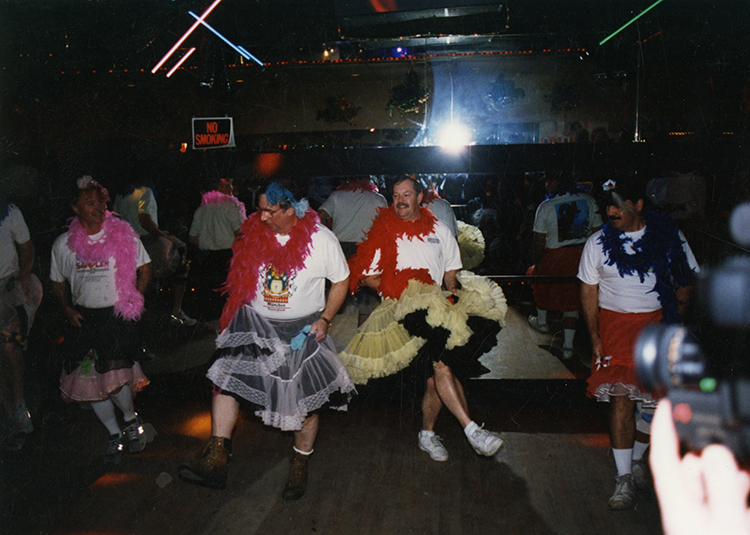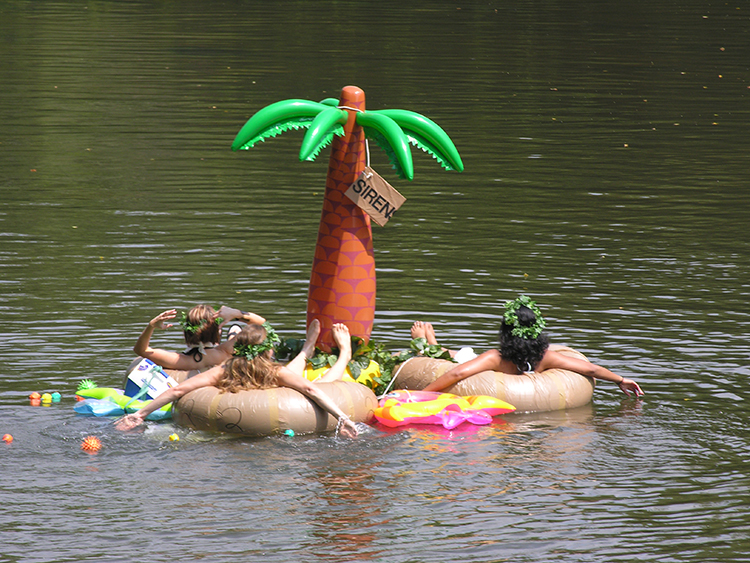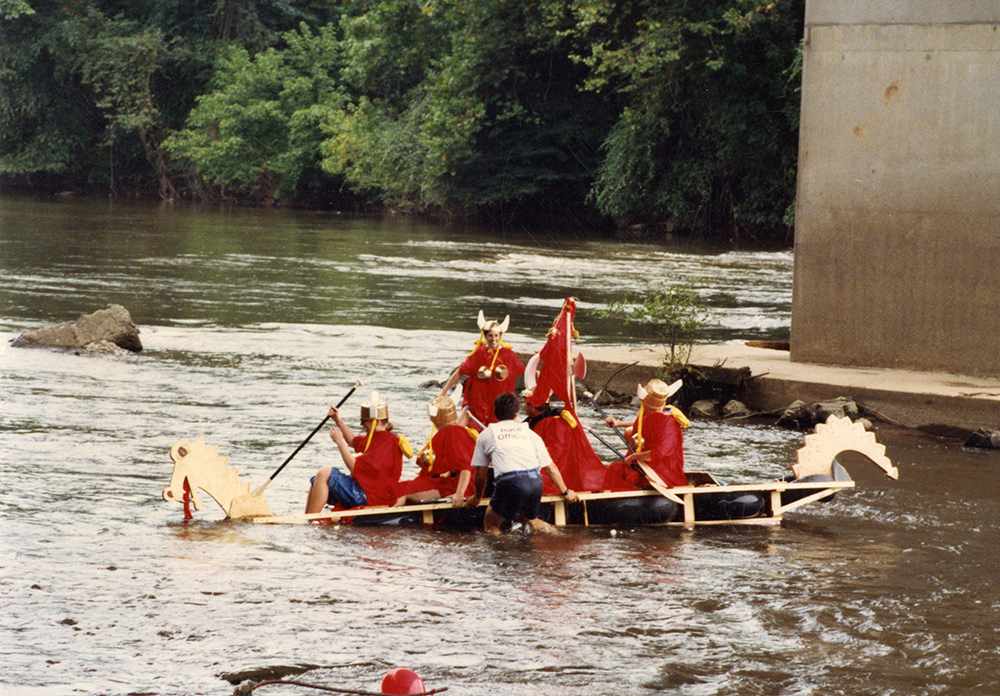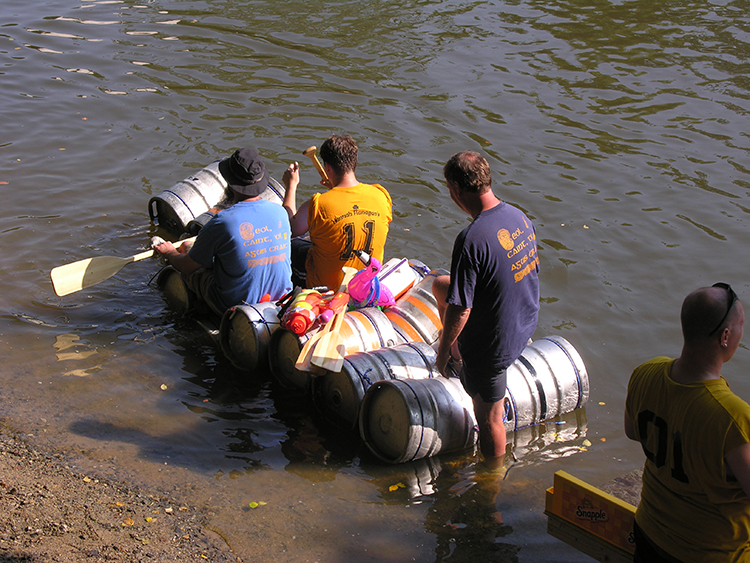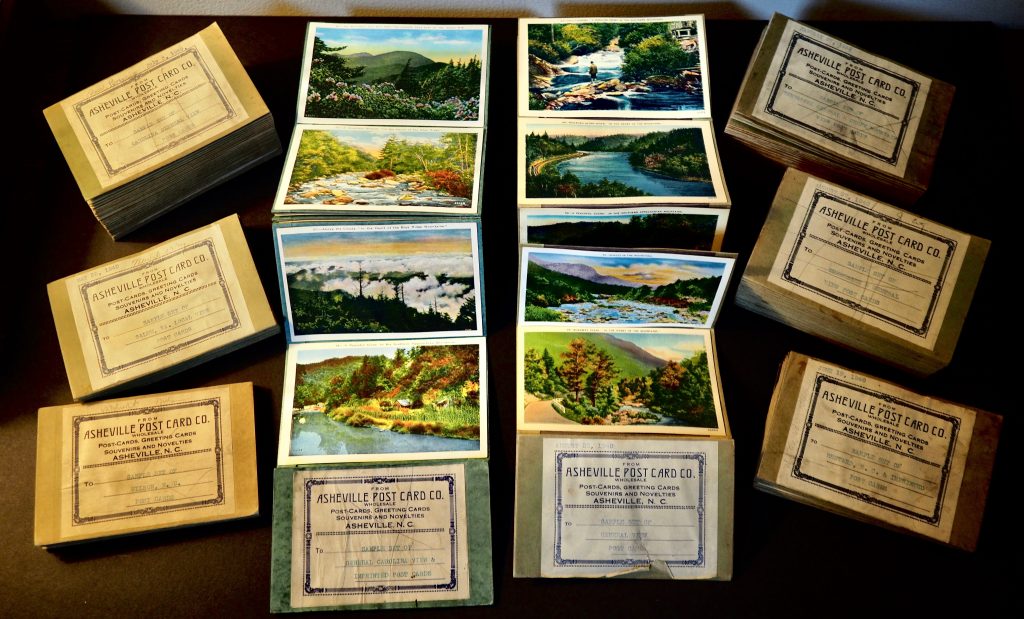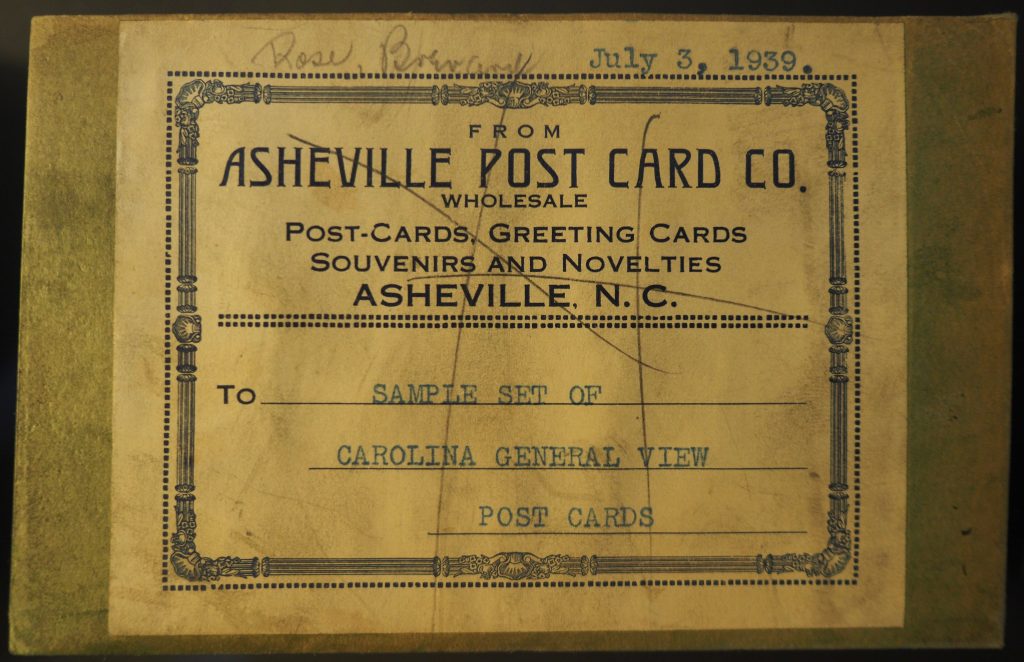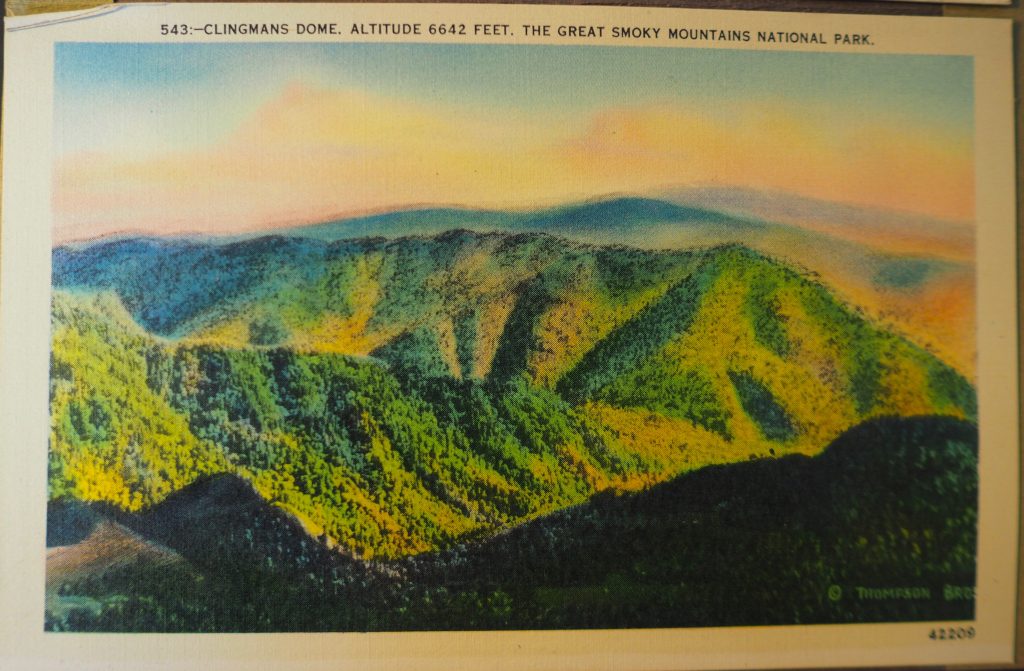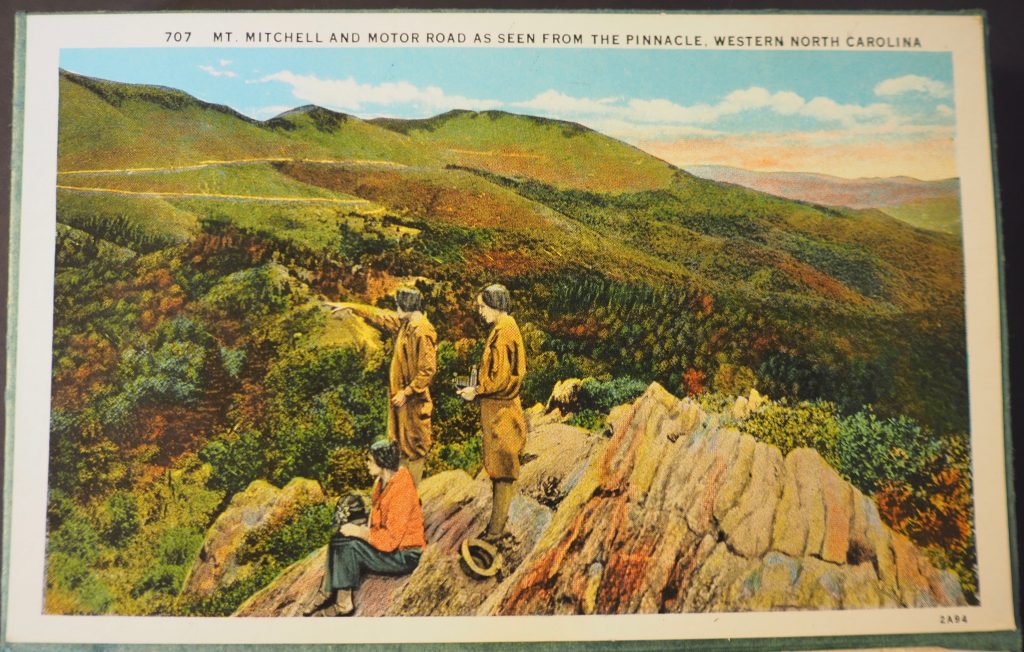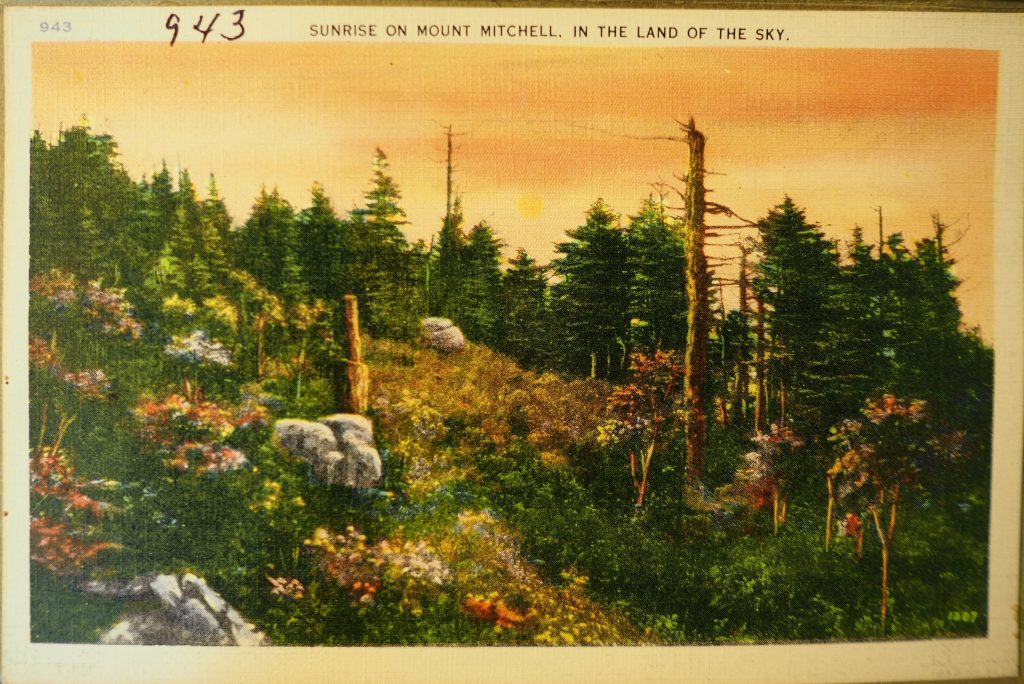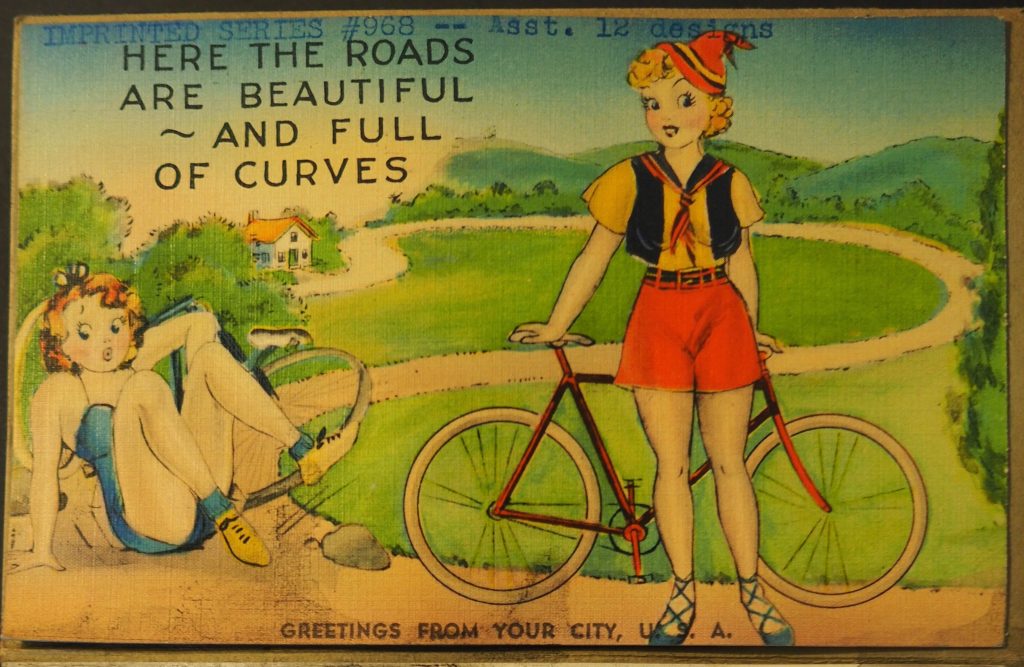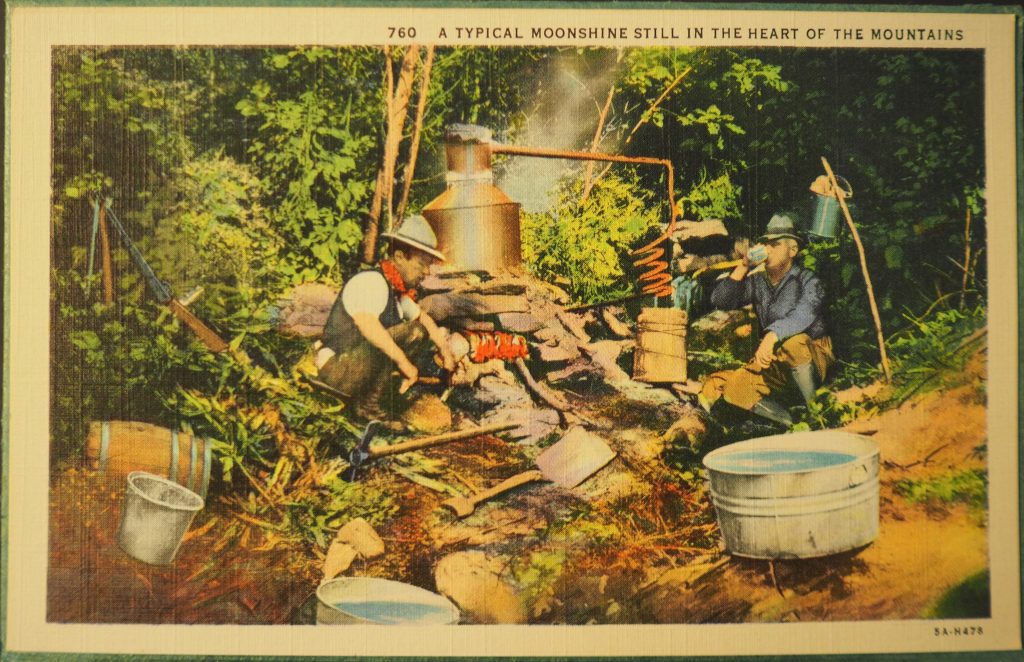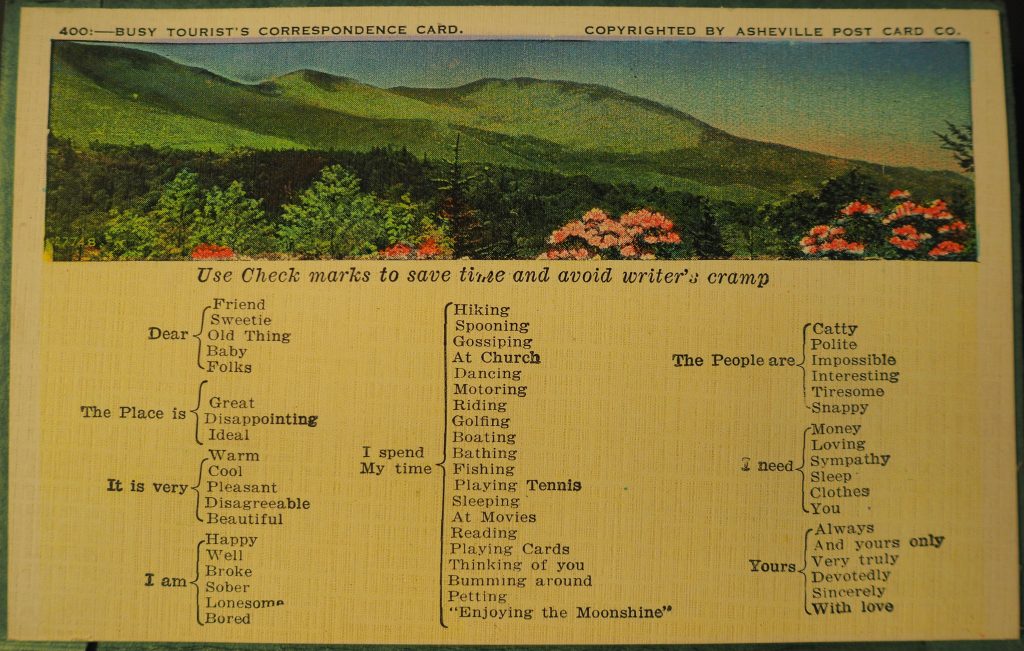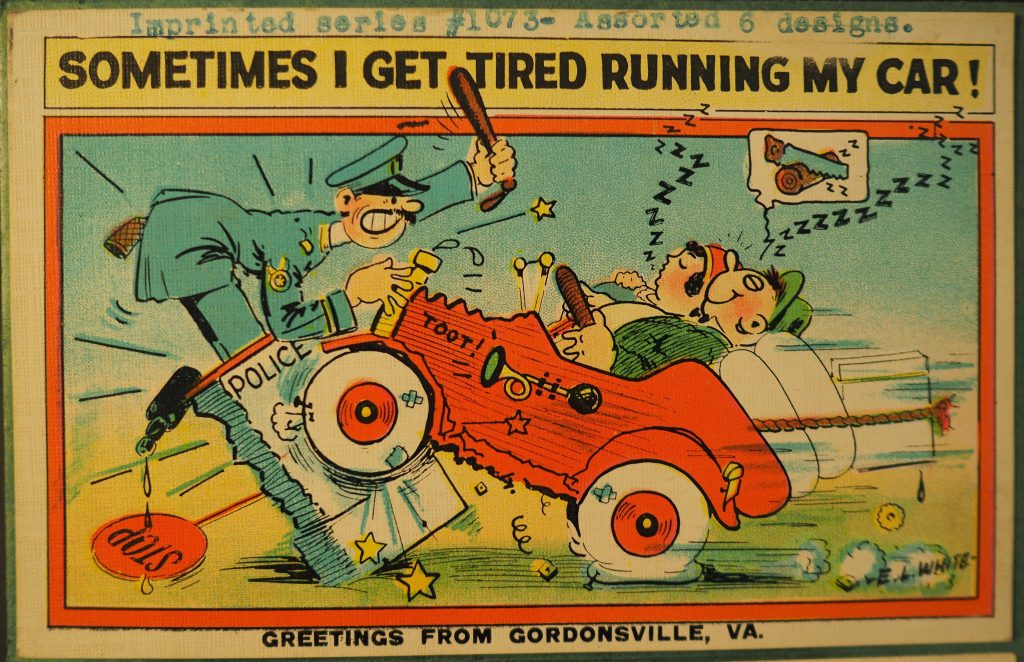John Donne observed no man is an island, but part of a greater continent, and the same can be argued of archival collections. Each tells a story, but sometimes looking at multiple collections can yield a bigger narrative.
In 1977, a large number of photographs, negatives and other items were donated to UNC Asheville Special Collections. The images, identified as the, Hollday Collection of John G. Robinson Photographs, were thought to be the work of Robinson, who owned a Kodak store in Asheville in the early 20th century.
The collection has recently undergone significant reprocessing, resulting in a new finding aid including a full listing of all 2426 images in the collection, and a reassessment of who the photographer actually was. Some images were clearly taken after Robinson died in 1923, and may be the work of his wife Sarah. Or his son John Jr., who for many years owned an electrical and camera store in Burnsville, may be the photographer. Or they may be the work of other unidentified photographers.
Some images were provided to Robinson by postcard manufacturers and, conversely, some images taken by Robinson were intended to be used on postcards.
Special Collections is fortunate to have several collections of postcards, including the Fred Kahn Asheville Postcard Collection.
Fred Kahn was a deltiologist (postcard collector), and through the kind generosity of his widow Jan, and other members of his family, Special Collections now has approximately 700 postcards in the Fred Kahn Asheville Postcard Collection. The collection follows Kahn’s original arrangement and groups the images within themes, often showing numerous versions of the same “view”.
Which brings us back to the Robinson Collection.
As mentioned earlier, many images, thought to be the work of Robinson, were made into postcards and some of these feature in the Kahn Collection.
The Kahn Collection includes two copies of a postcard titled, “Mount Pisgah from Buck Spring Lodge on Vanderbilt Estate, ‘In The Land Of The Sky’”, published by the Southern Postcard Co. of Asheville. The image shows sheep in front of the lodge, with two women and a man looking on.

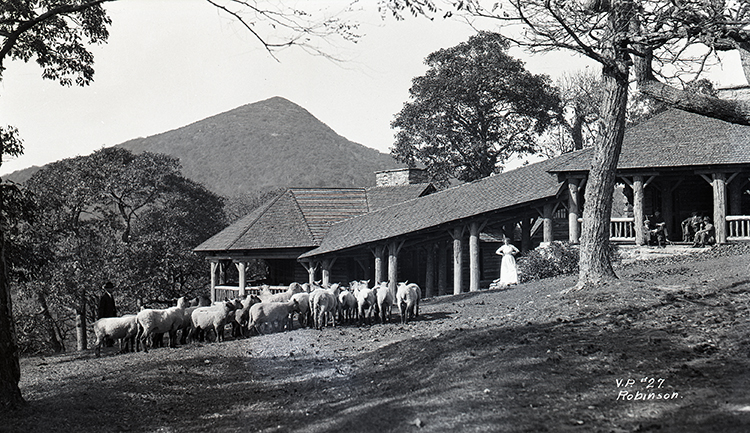
Some postcards were taken directly from Robinson’s negatives. Examples of this are the images of Biltmore House shown below.
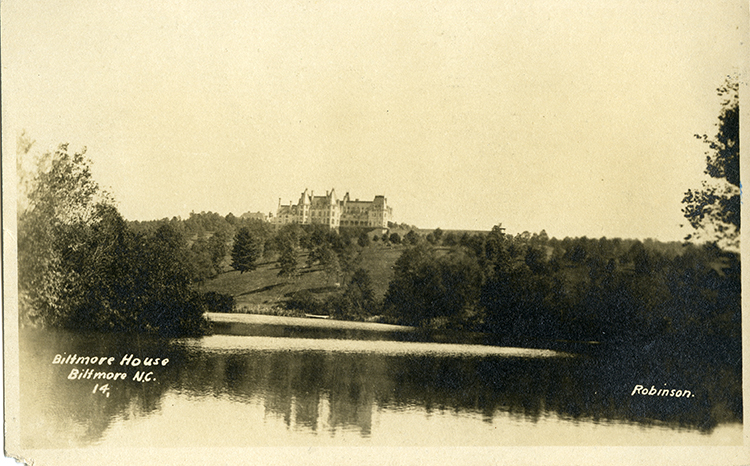
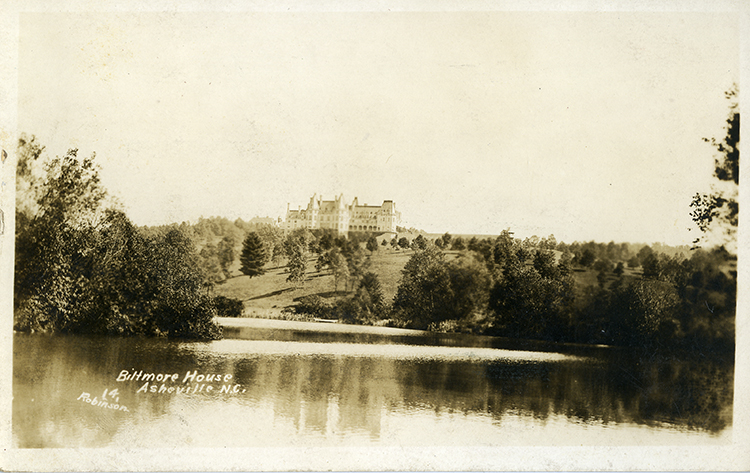
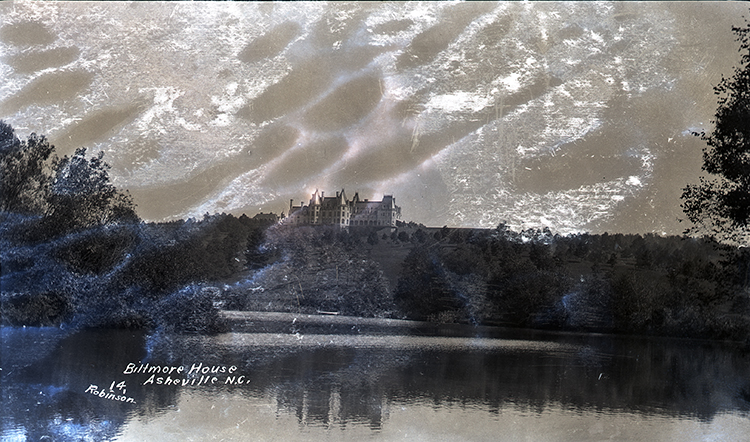
Neither of the Kahn postcards identifies a publisher, so it is possible that Robinson produced the postcards himself and sold them in his store. Both postcards were mailed, providing an approximate year of manufacture; 1_53_001 was mailed in 1915, and 1_53_003 in 1916, so it may be that the different text styles are from two different print runs from different years.
Some images raise more questions than they answer.
The two images of the original Battery Park Hotel shown below are similar enough to assume that the photograph is the source of the postcard.
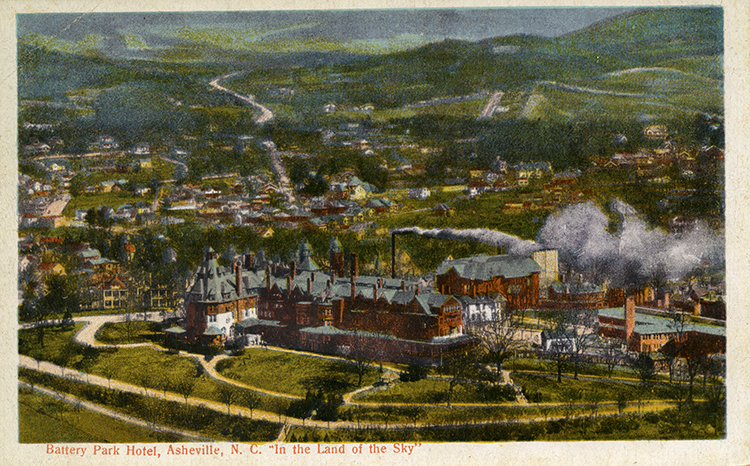
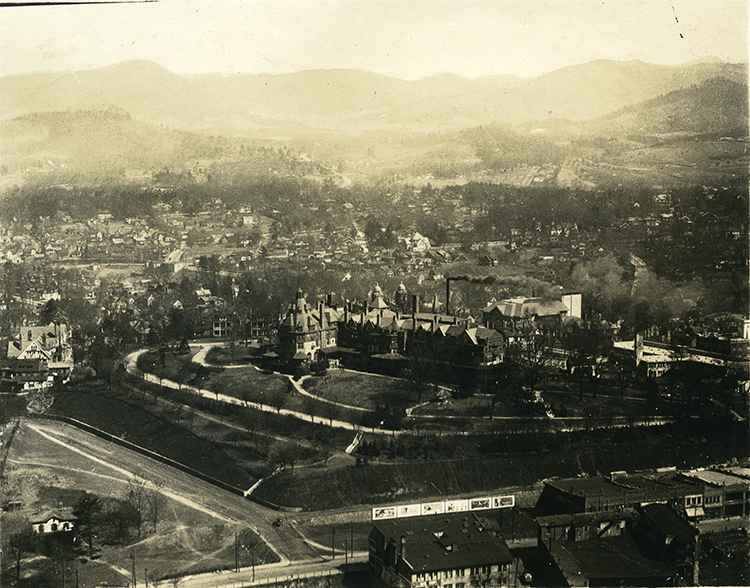
Materials from the Kahn and Roberston collections are not available online, but can be viewed at Special Collections


